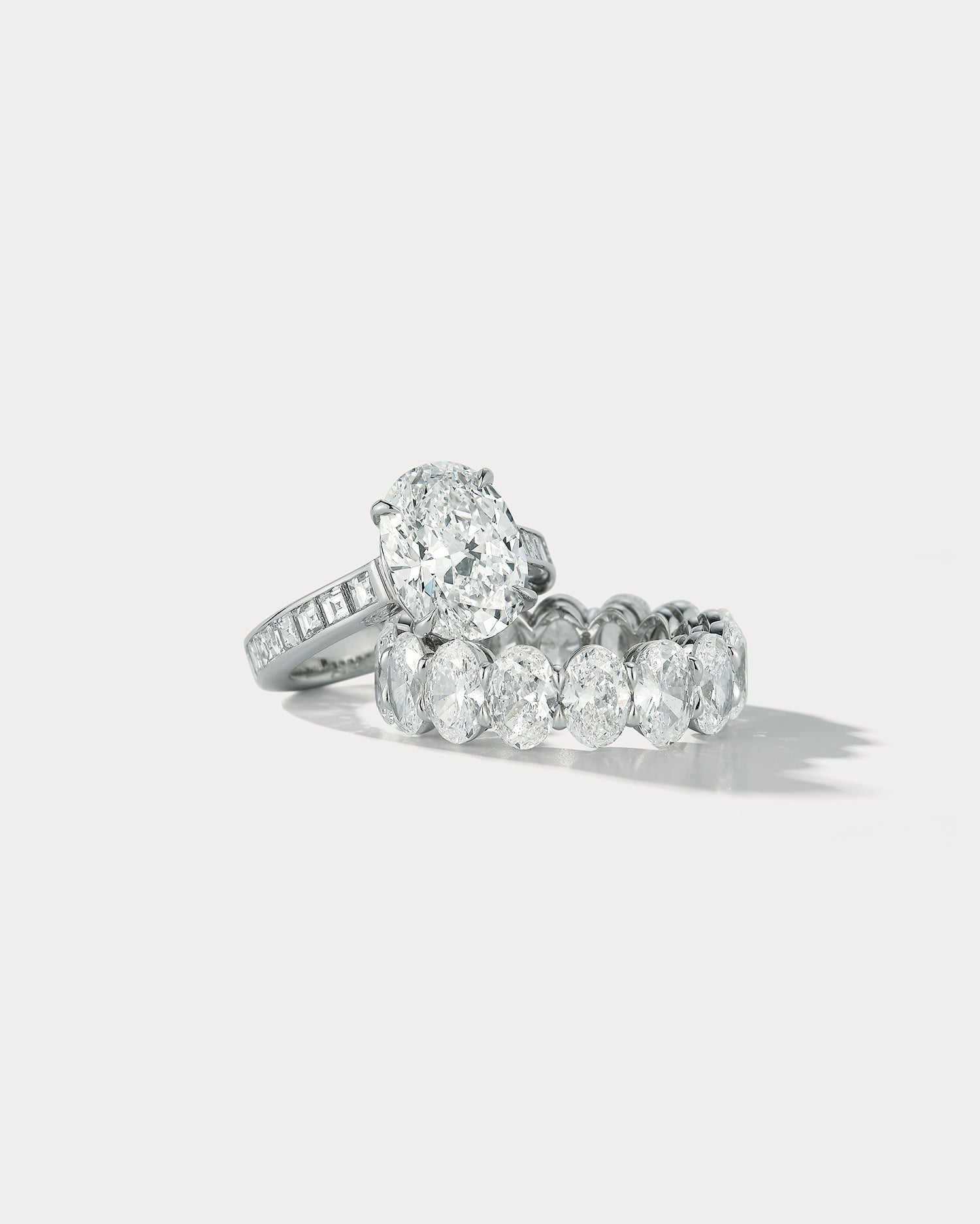In the world of precious gemstones, few captivate the imagination and allure quite like diamonds. These exquisite gems, cherished for their unparalleled brilliance and timeless elegance, have enthralled humanity for centuries. Yet, beyond their dazzling exterior lies a world of intricate details, each contributing to their unparalleled beauty. One such aspect is diamond clarity, a crucial factor that influences both the aesthetics and value of these coveted stones.
The Essence of Diamond Clarity
Diamond clarity refers to the presence (or absence) of internal flaws and external blemishes within the stone. These imperfections, known as inclusions and blemishes, are formed during the diamond's natural crystallization process deep within the Earth's mantle. While they may seem insignificant to the untrained eye, they can significantly impact a diamond's appearance and brilliance.
The 4Cs of Diamond Quality
Diamond clarity is one of the four key factors used to assess a diamond's quality, commonly known as the 4Cs: Clarity, Cut, Color, and Carat weight. Each "C" plays a vital role in determining a diamond's overall beauty and value, with clarity being particularly crucial in evaluating a diamond's purity.
Understanding Clarity Grades
Diamond clarity is graded using a scale established by the Gemological Institute of America (GIA), ranging from Internally Flawless (IF) to Included (I3). Let's delve into each clarity grade:
-
Internally Flawless (IF): Diamonds in this category are devoid of any internal flaws when examined under 10x magnification, making them exceedingly rare and highly prized.
-
Very, Very Slightly Included (VVS1/VVS2): Inclusions in this grade are extremely difficult to detect even under magnification, offering exceptional clarity and brilliance.
-
Very Slightly Included (VS1/VS2): Diamonds in this range contain minor inclusions that are typically invisible to the naked eye and have minimal impact on brilliance.
-
Slightly Included (SI1/SI2): These diamonds may have noticeable inclusions when viewed under magnification, but they are still considered eye-clean and offer excellent value.
-
Included (I1/I2/I3): Diamonds in this category have inclusions that may be visible to the naked eye and can impact both brilliance and durability.
The Impact on Beauty and Value
While flawless diamonds are exceptionally rare and command top prices, the presence of inclusions does not necessarily diminish a diamond's beauty. In fact, certain types of inclusions, such as tiny crystals or "birthmarks," can be viewed as unique identifying characteristics, adding to the diamond's allure and individuality.
Making Informed Choices
When purchasing a diamond, it's essential to consider your preferences, budget, and the intended use of the stone. While a flawless diamond may be the pinnacle of perfection, a well-cut diamond with slightly lower clarity can still exhibit exceptional brilliance and beauty at a more accessible price point.
Conclusion
Diamond clarity is a vital aspect of evaluating a diamond's quality and beauty. Understanding the nuances of clarity grades empowers consumers to make informed decisions when selecting the perfect diamond for their needs. Whether it's a flawless masterpiece or a dazzling diamond with a few imperfections, each stone tells its own unique story and holds its own special allure in the eyes of its beholder.
